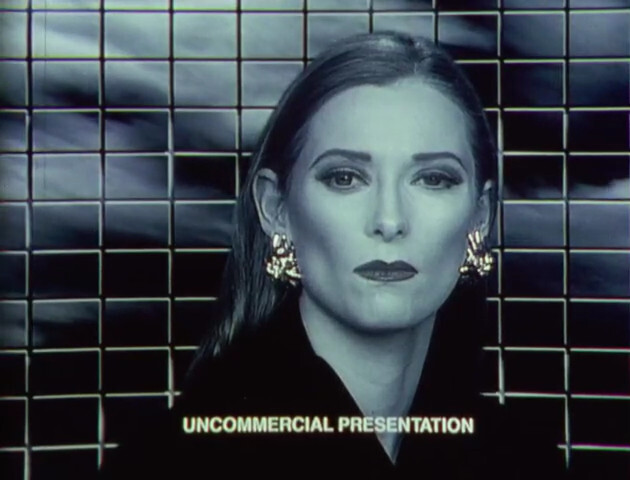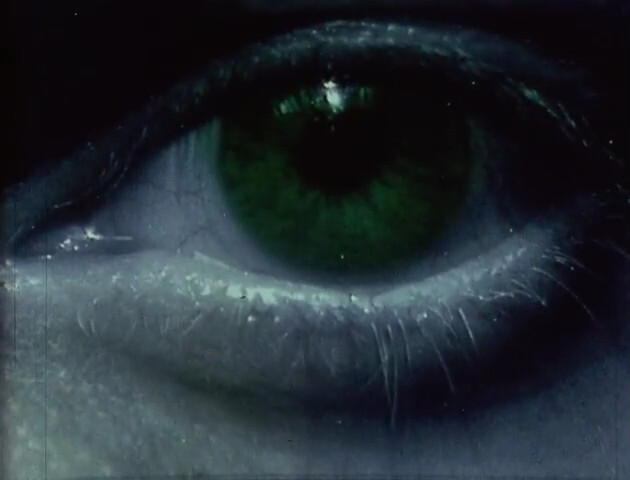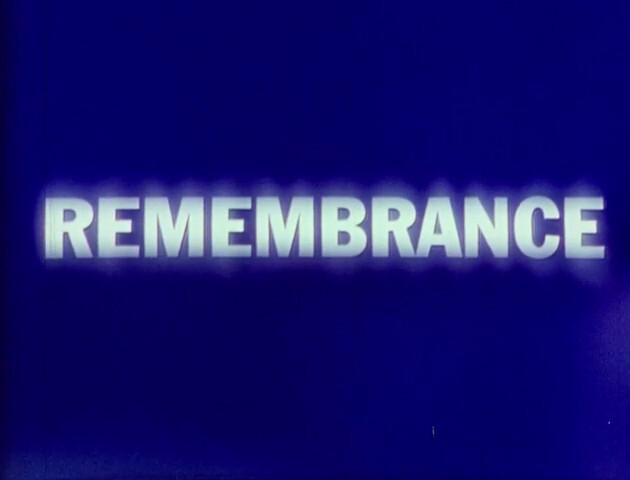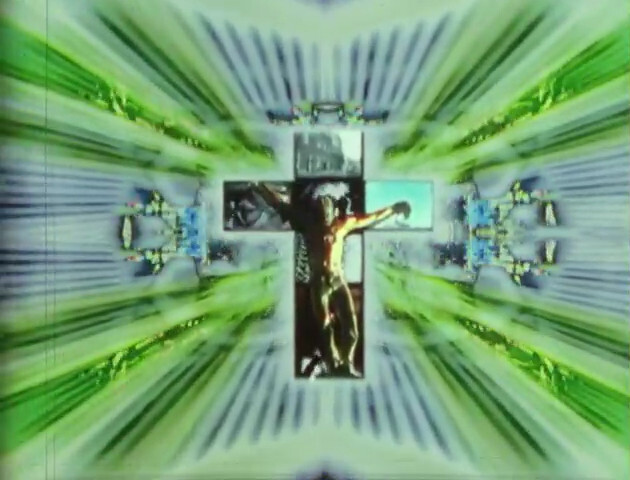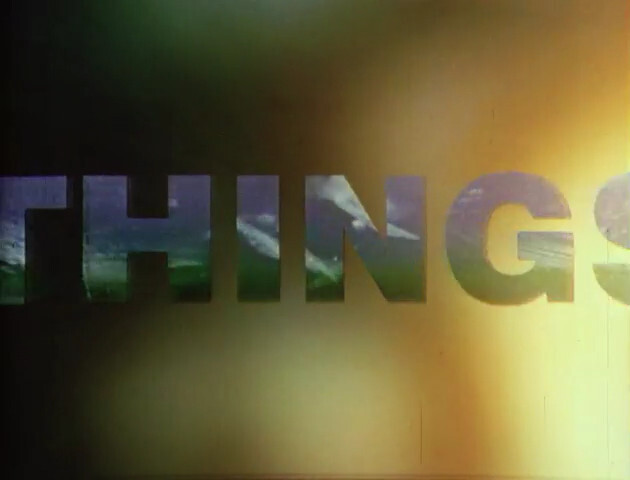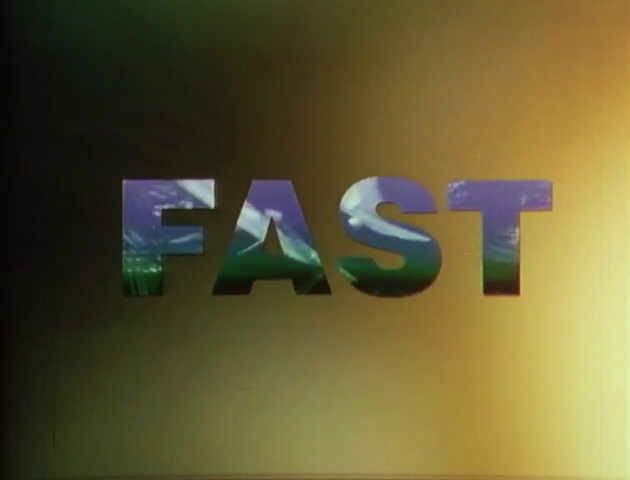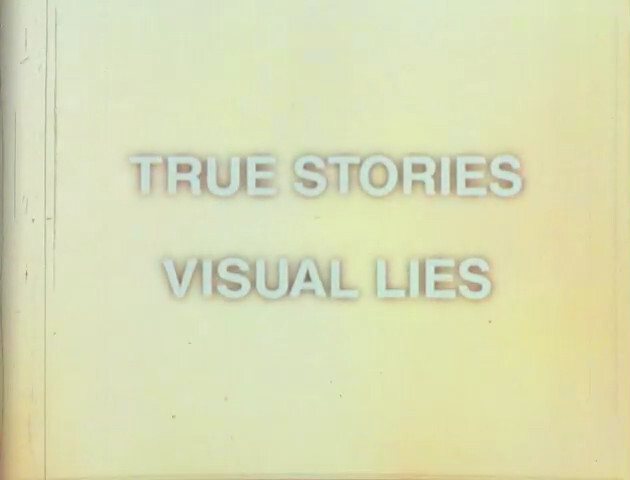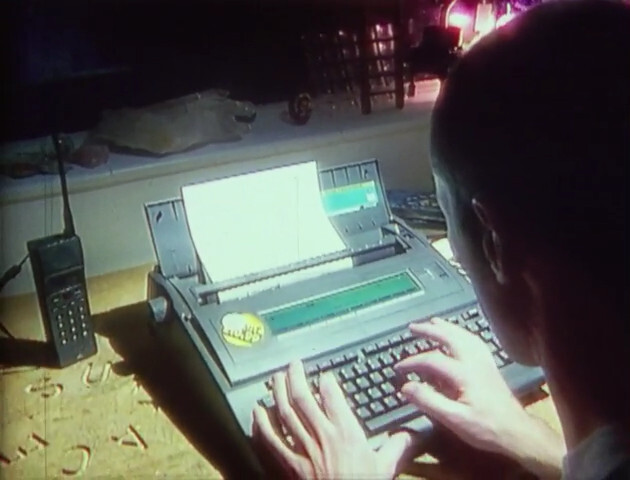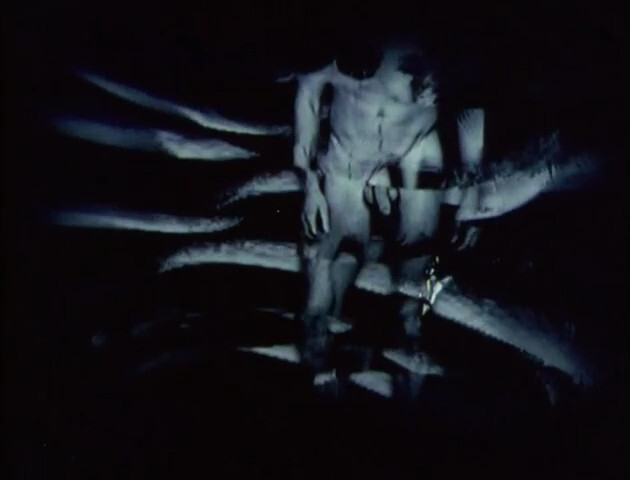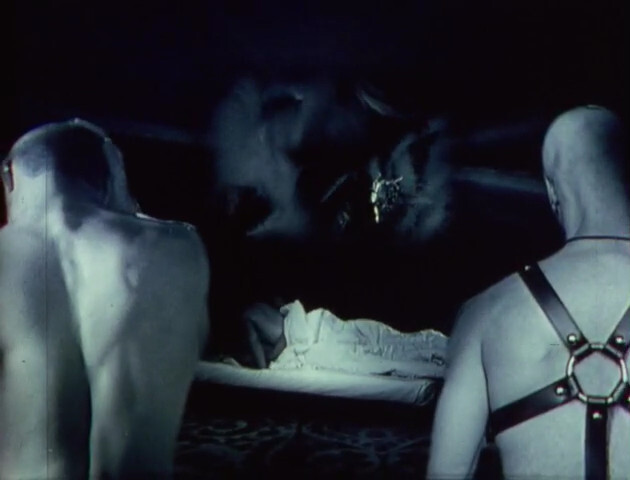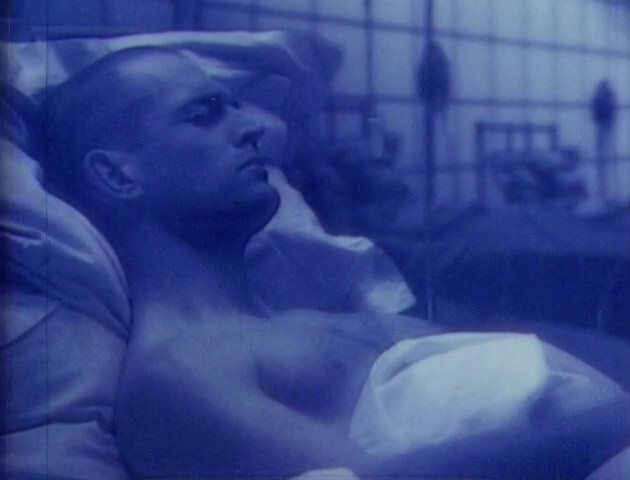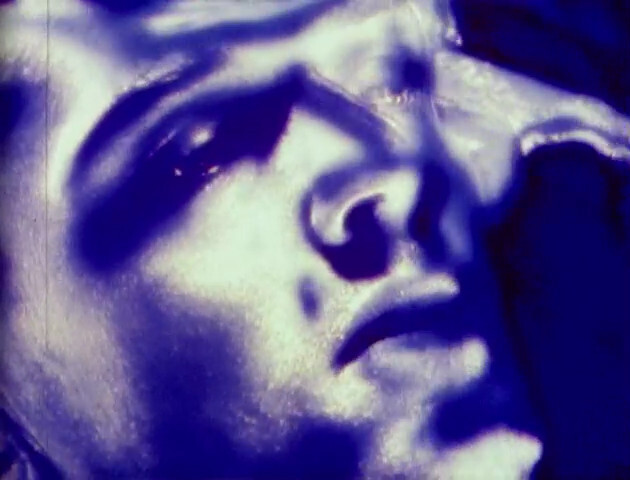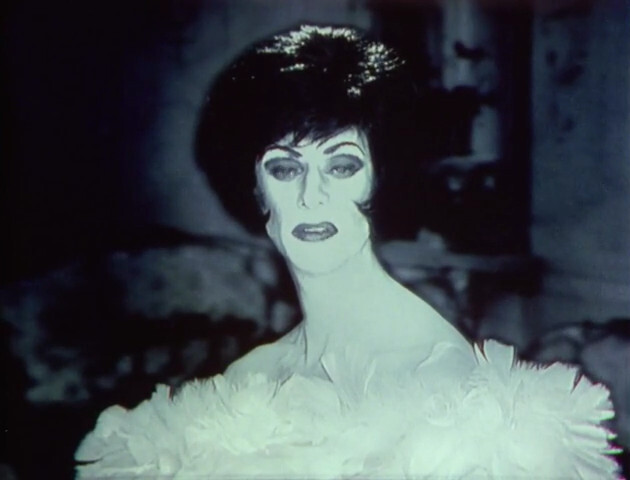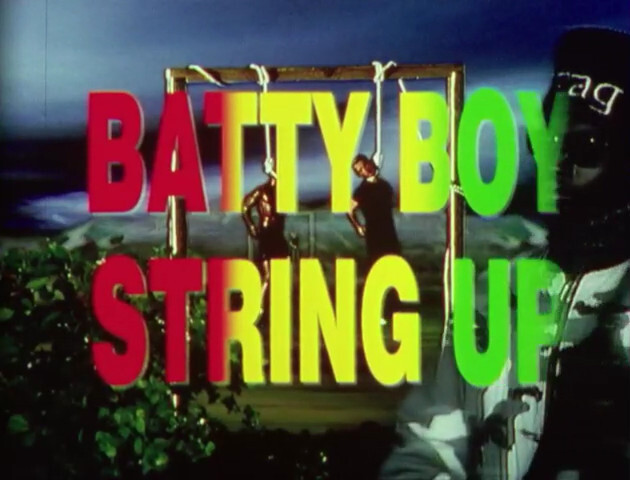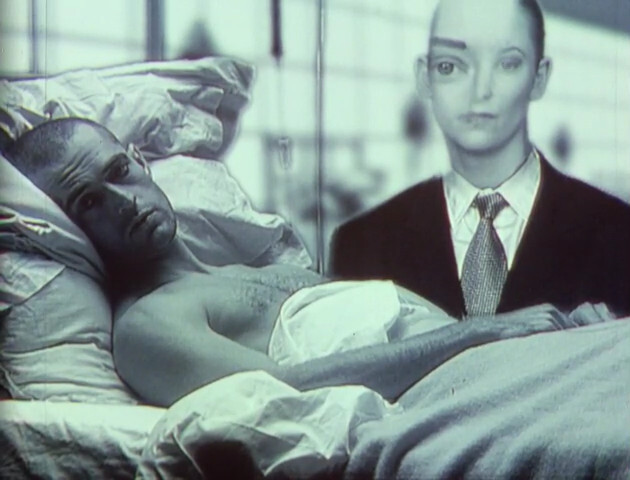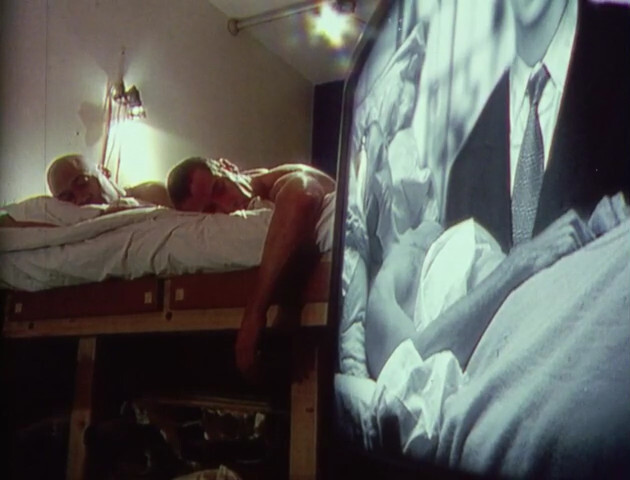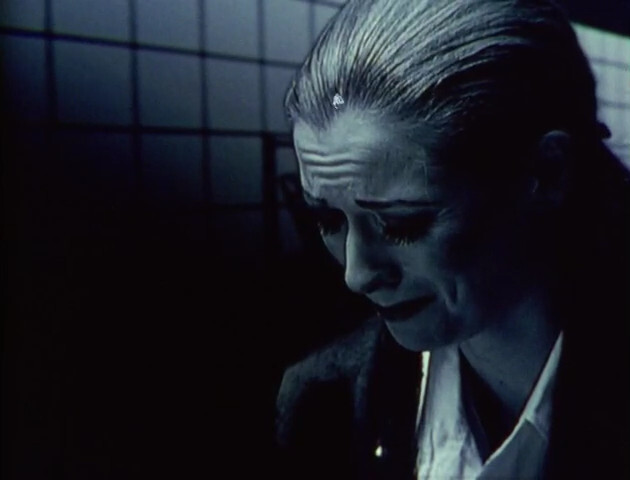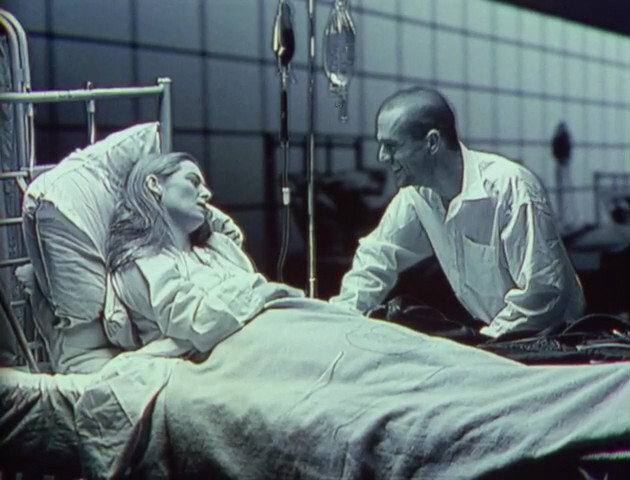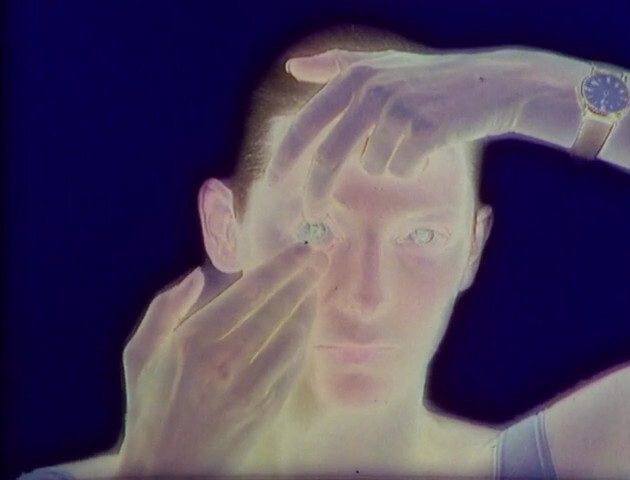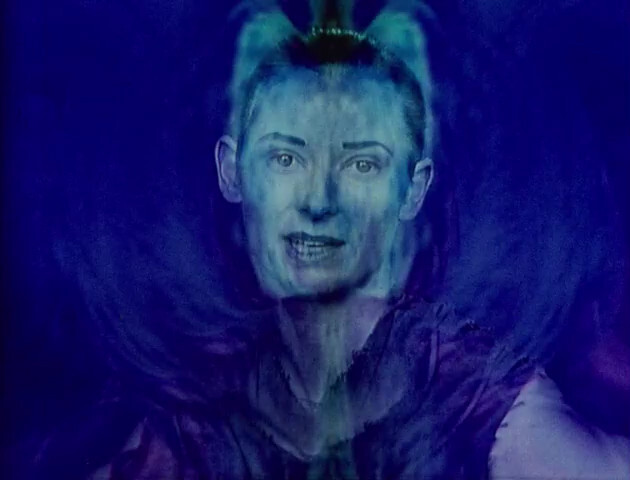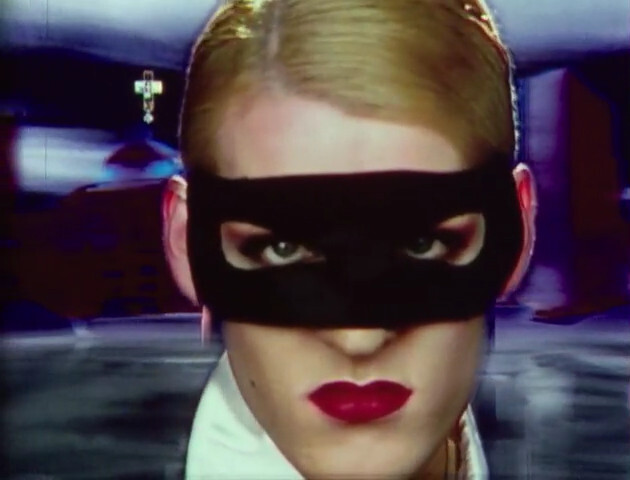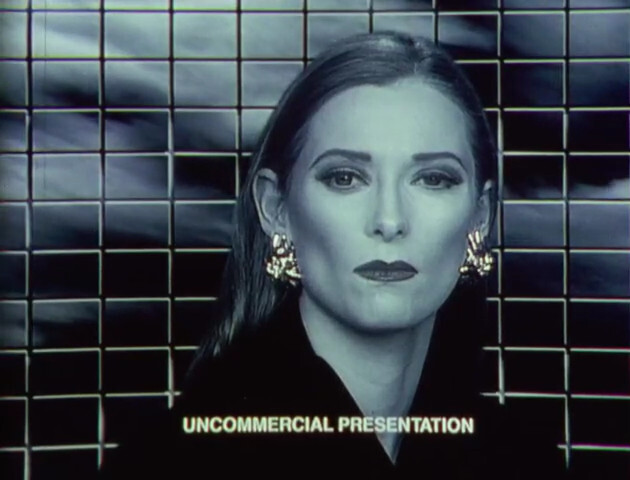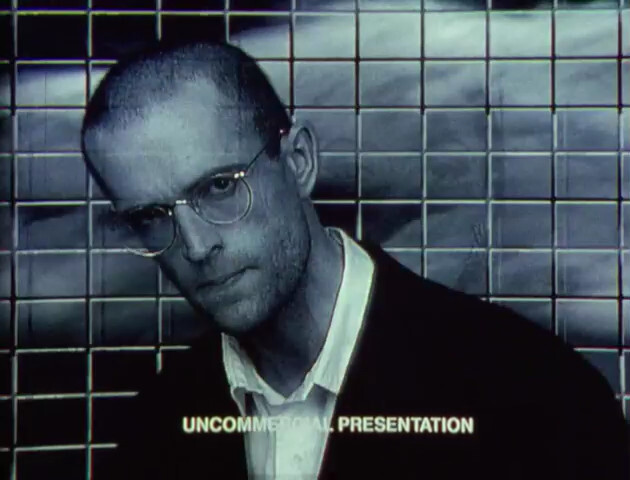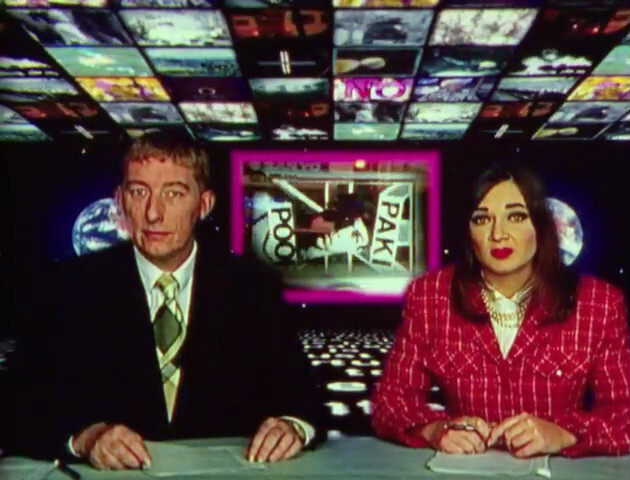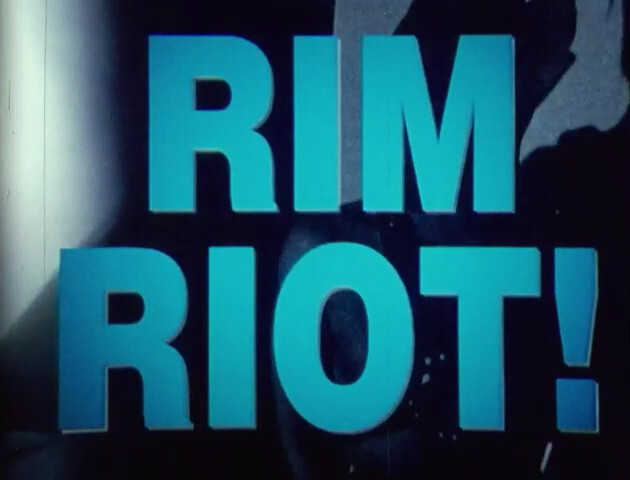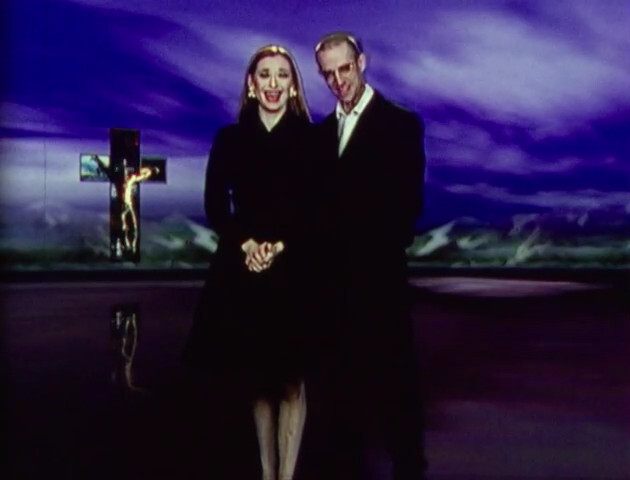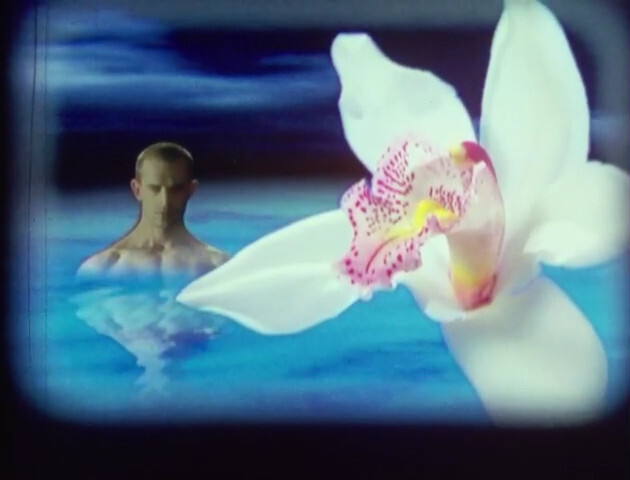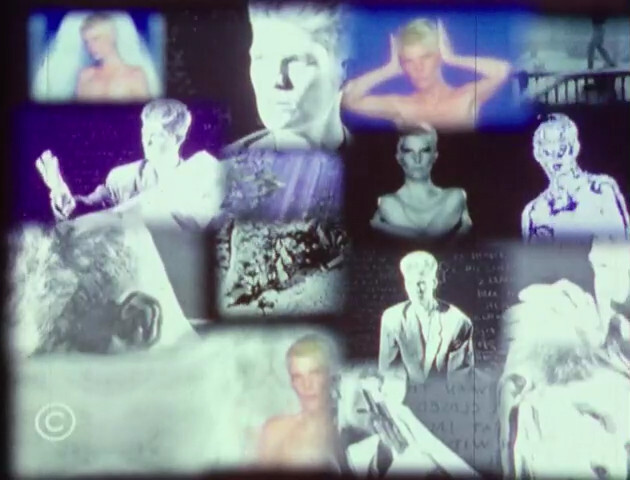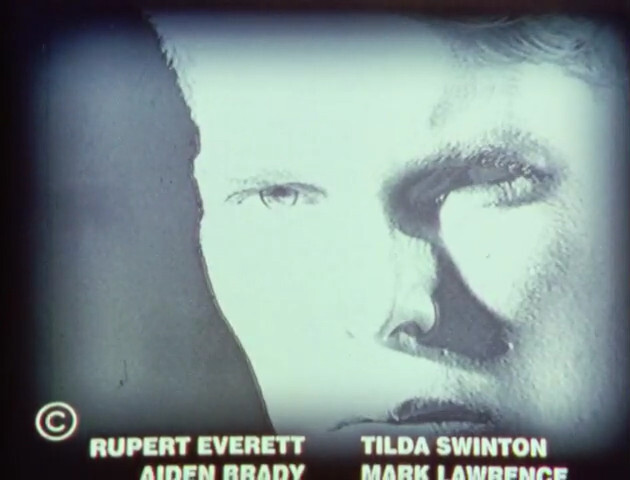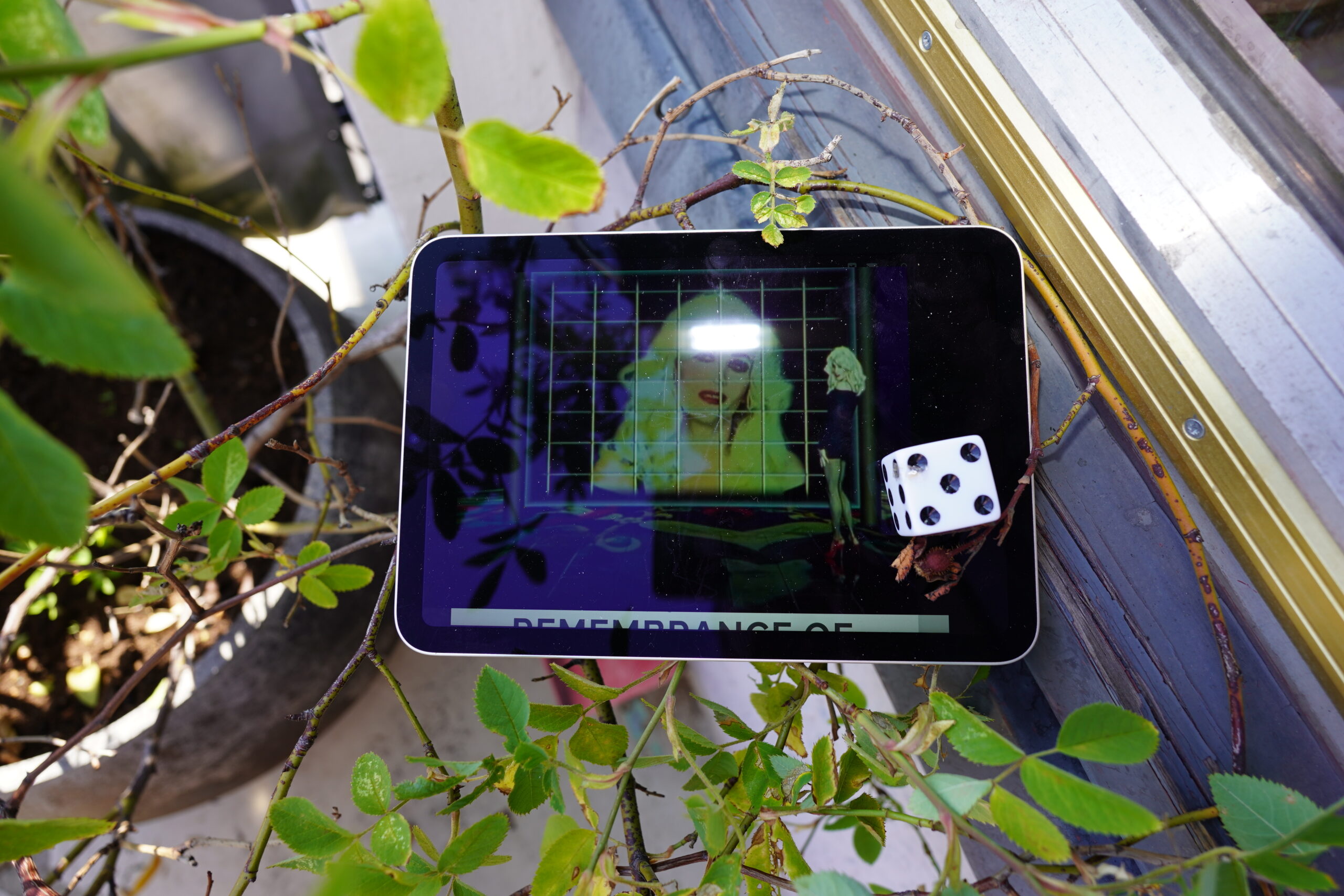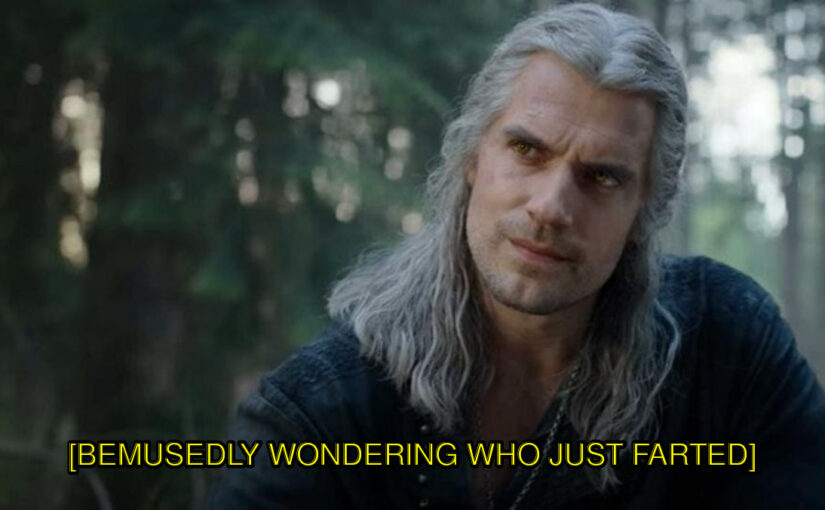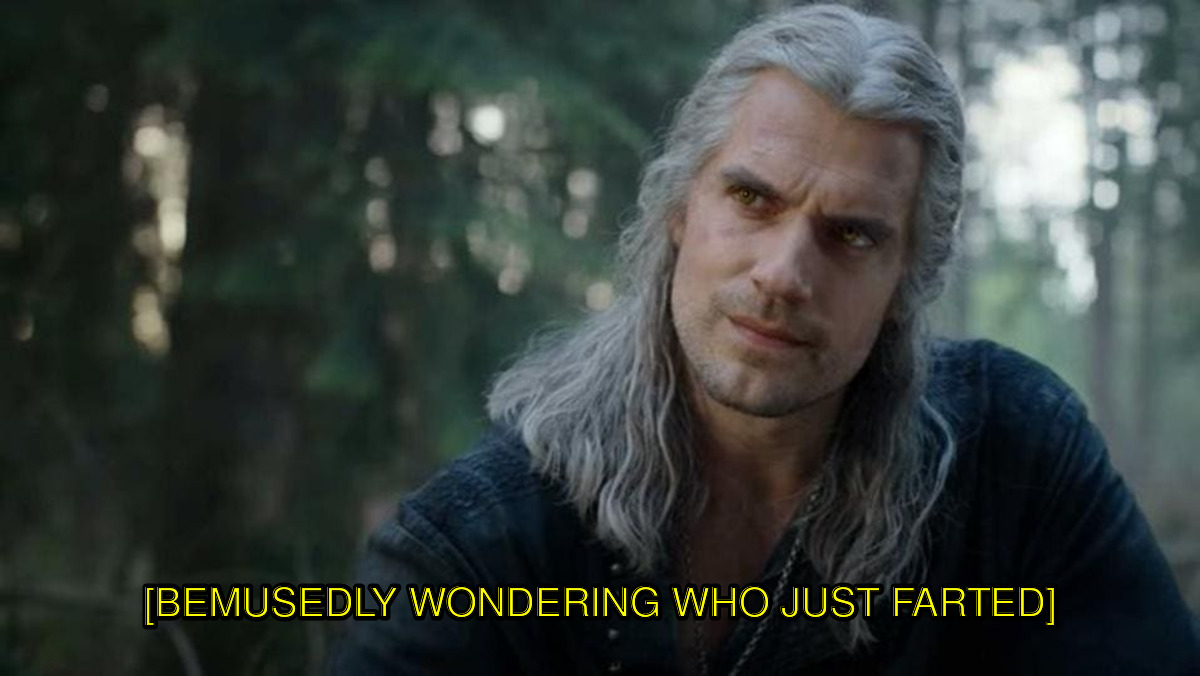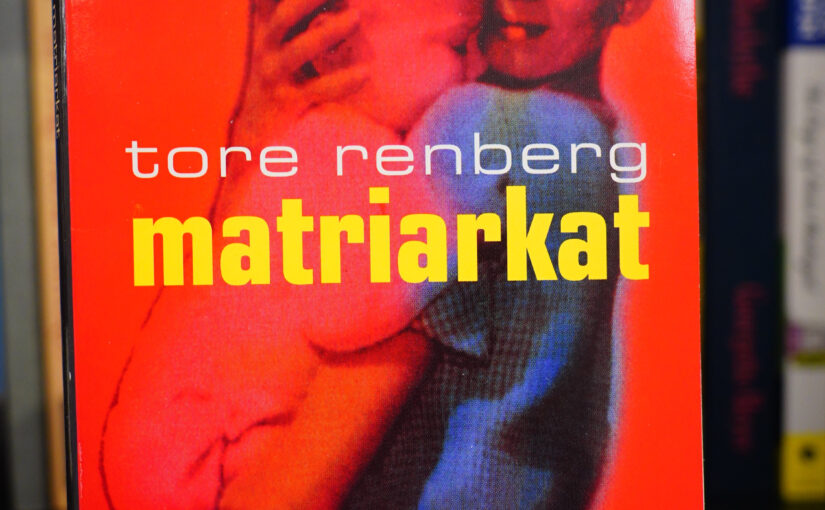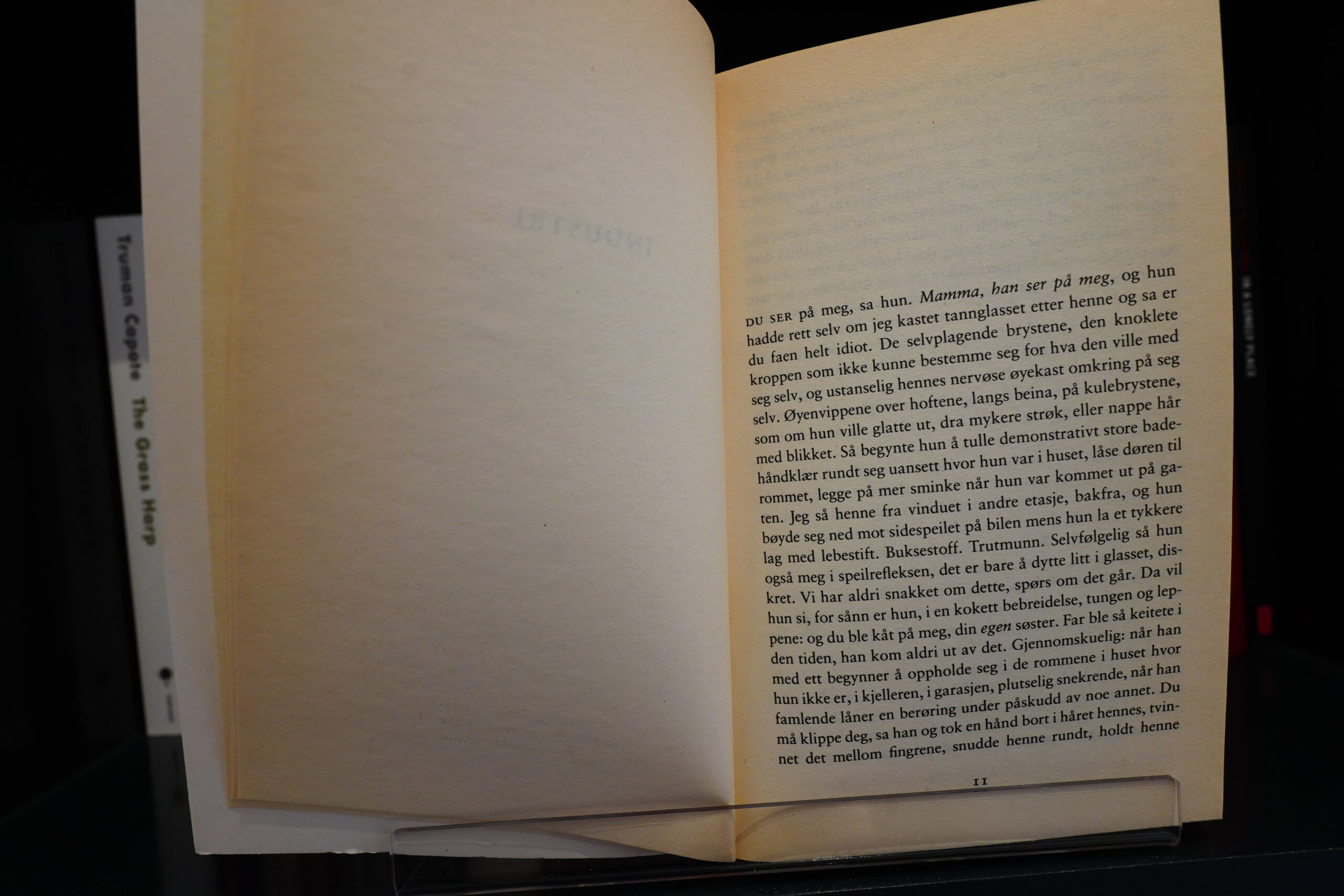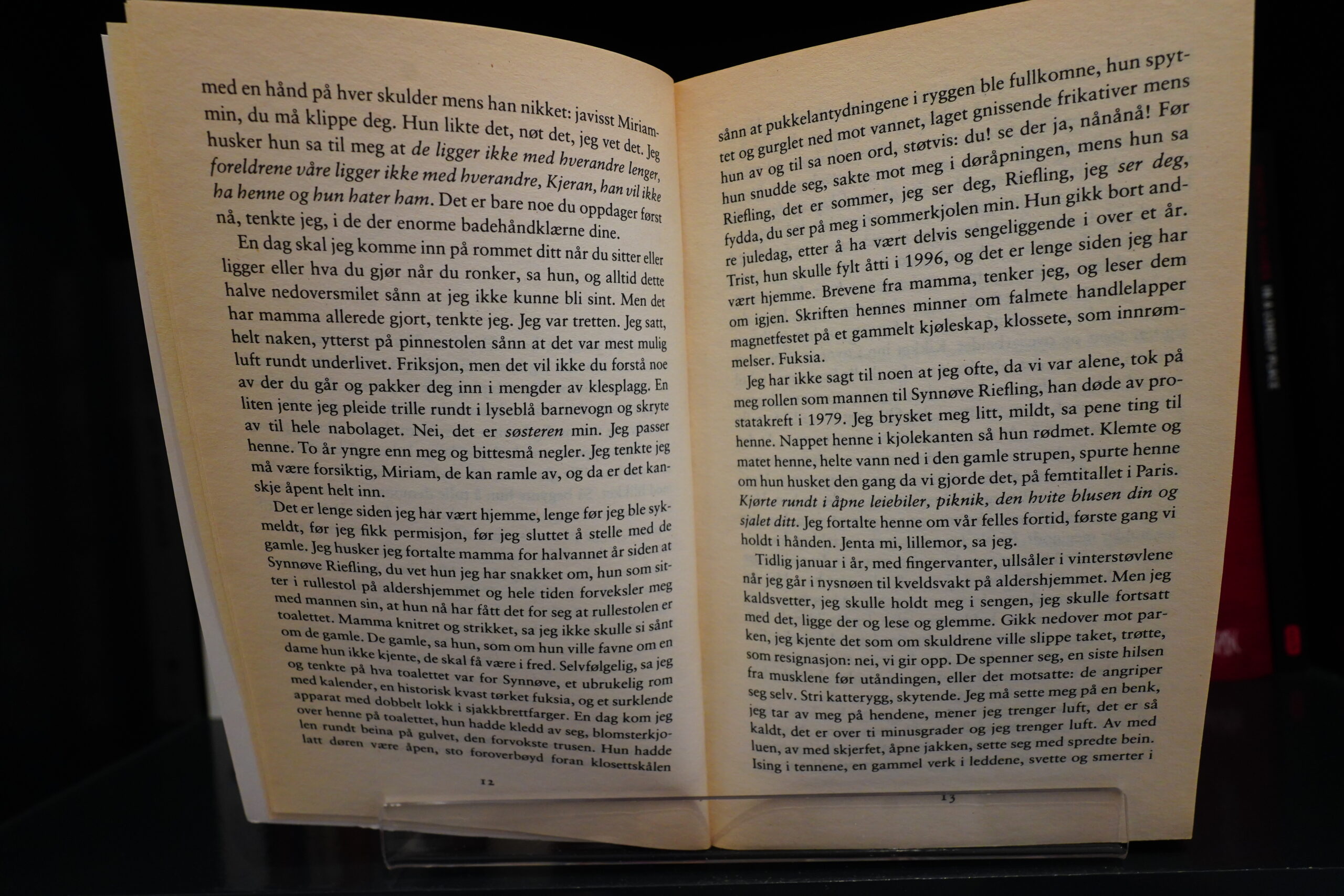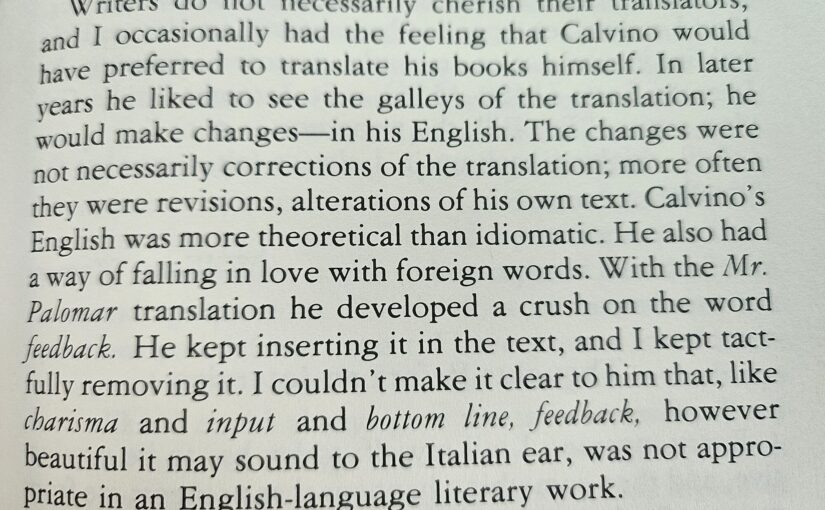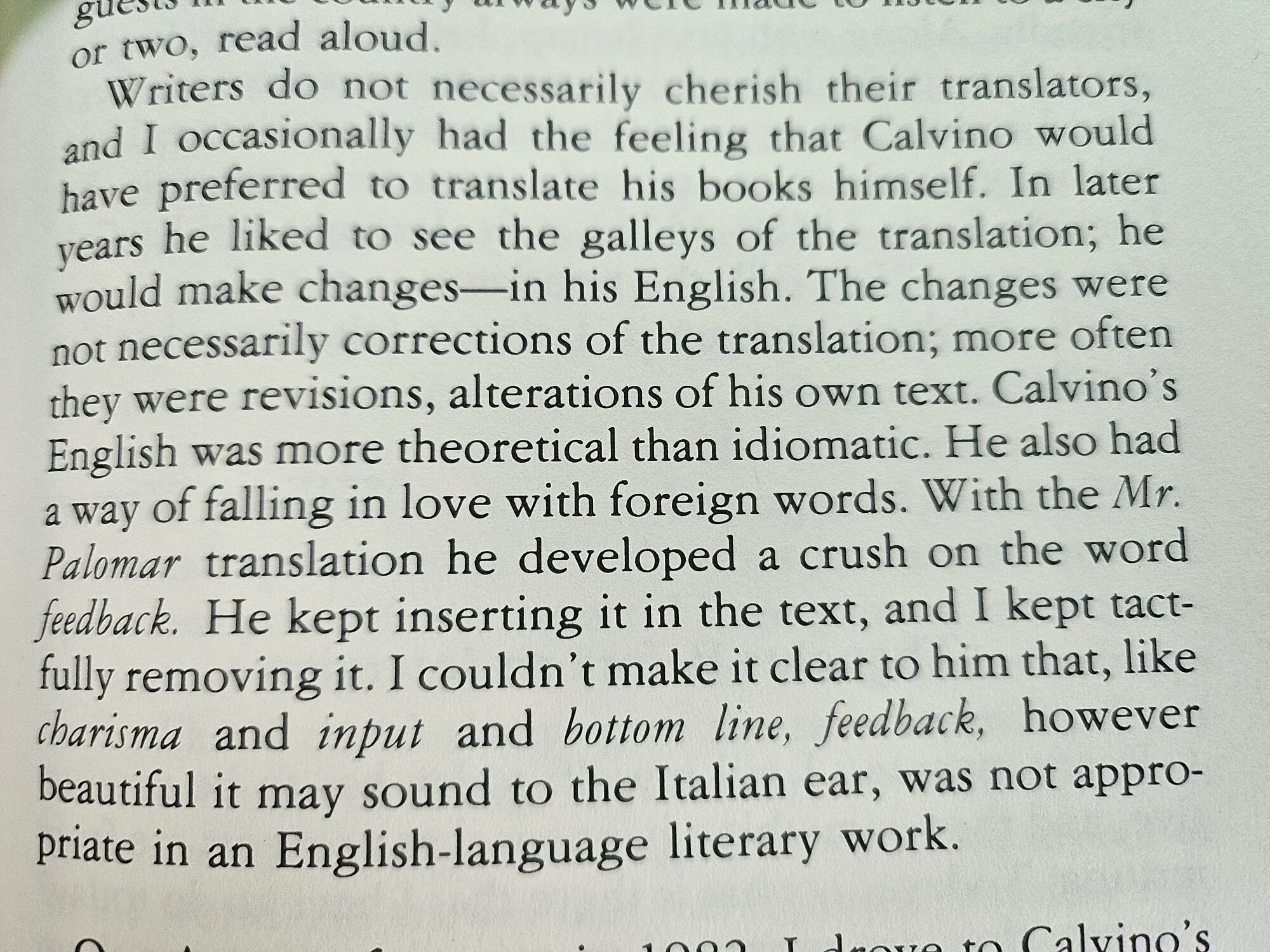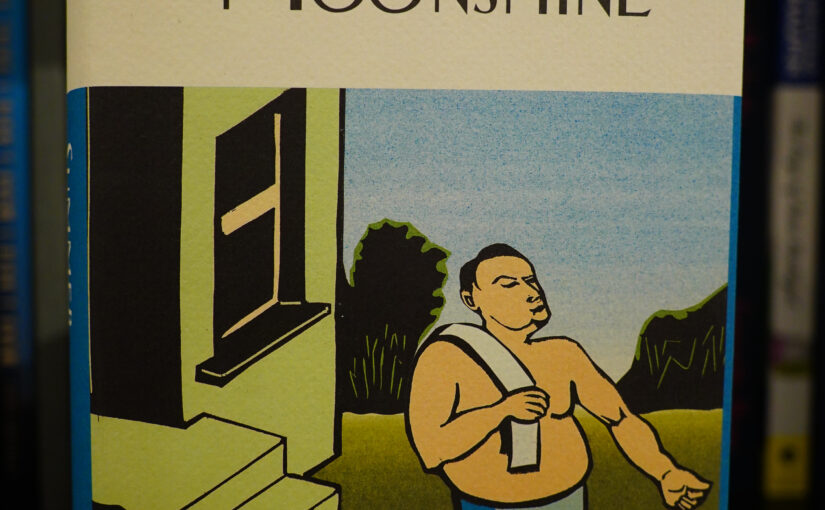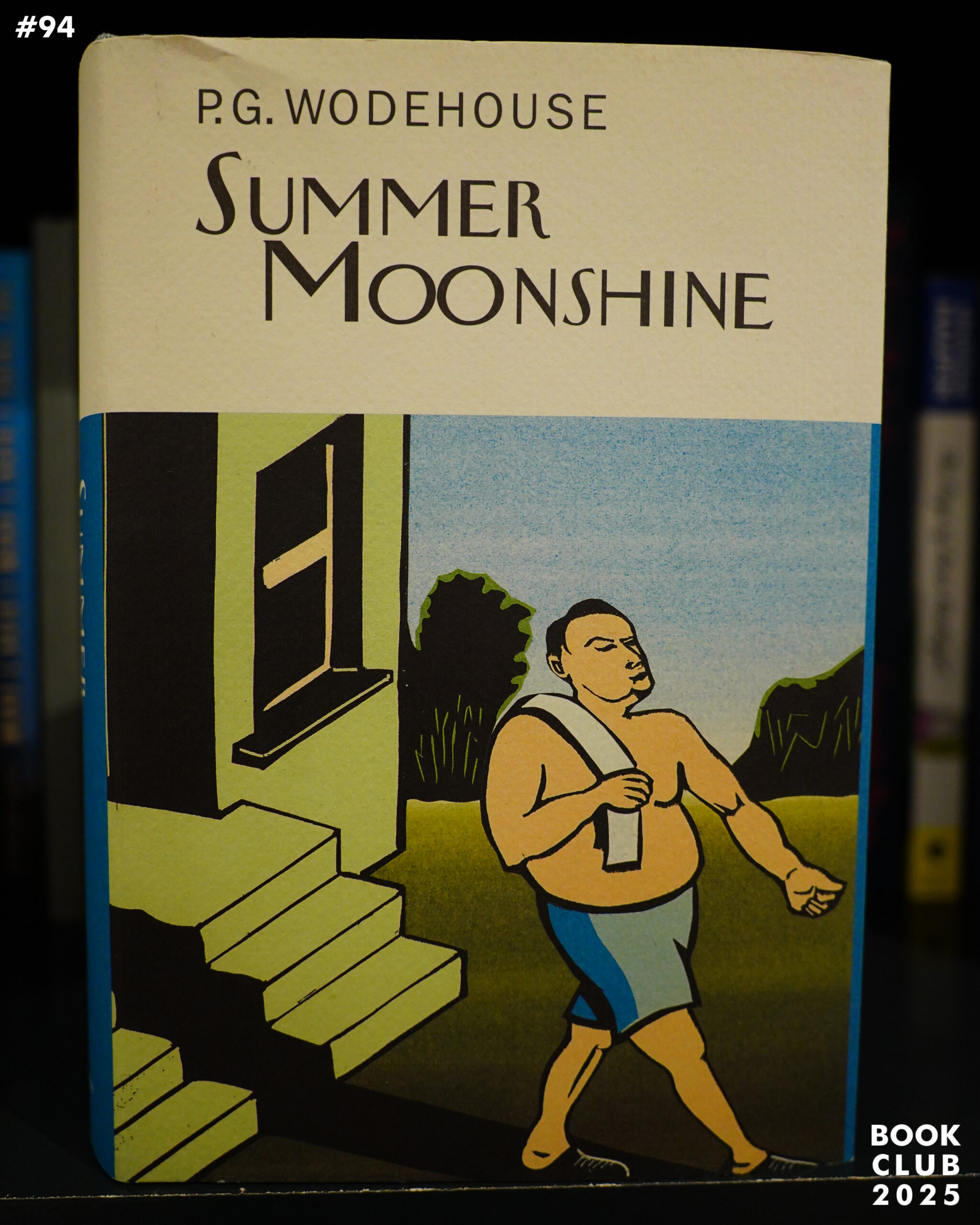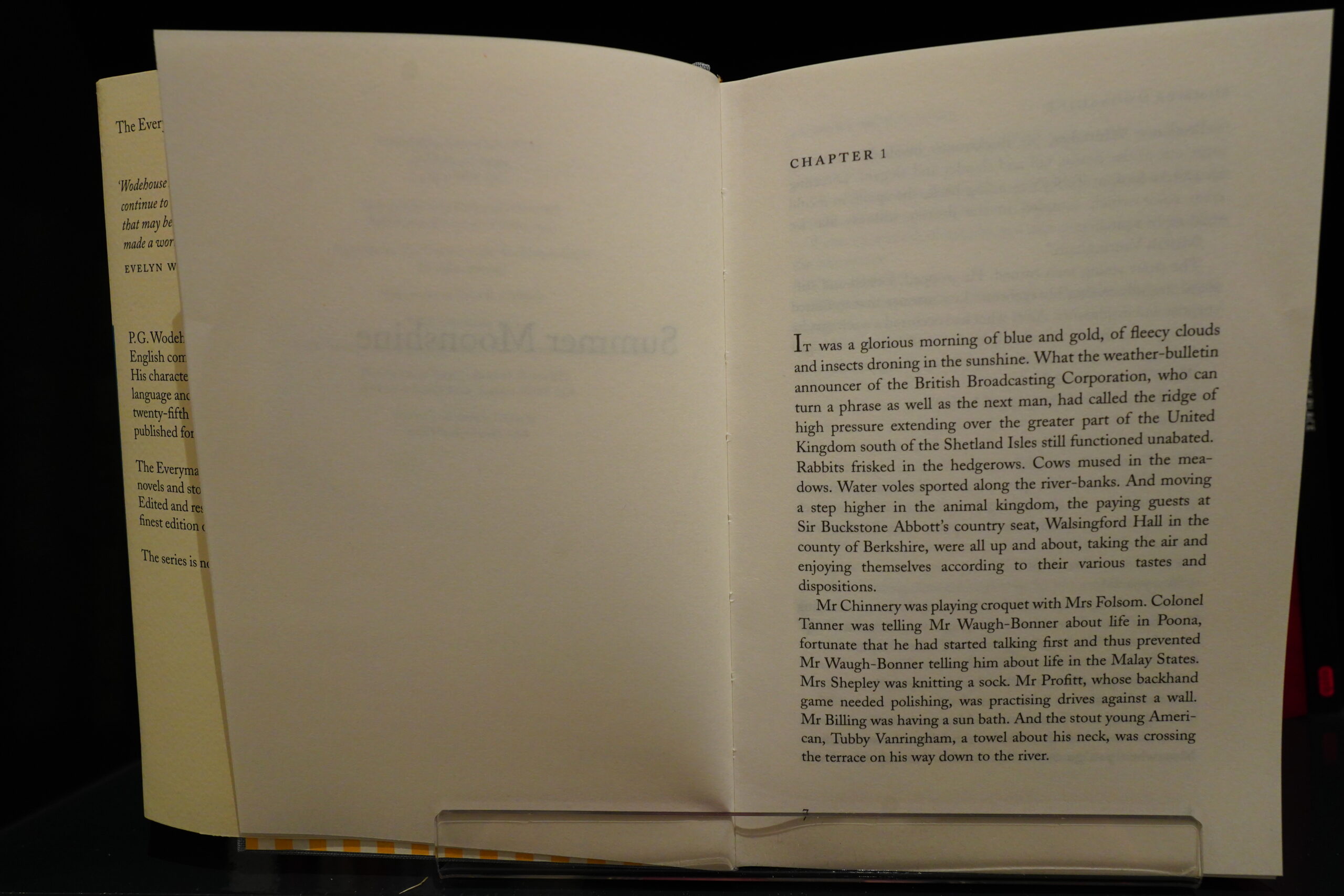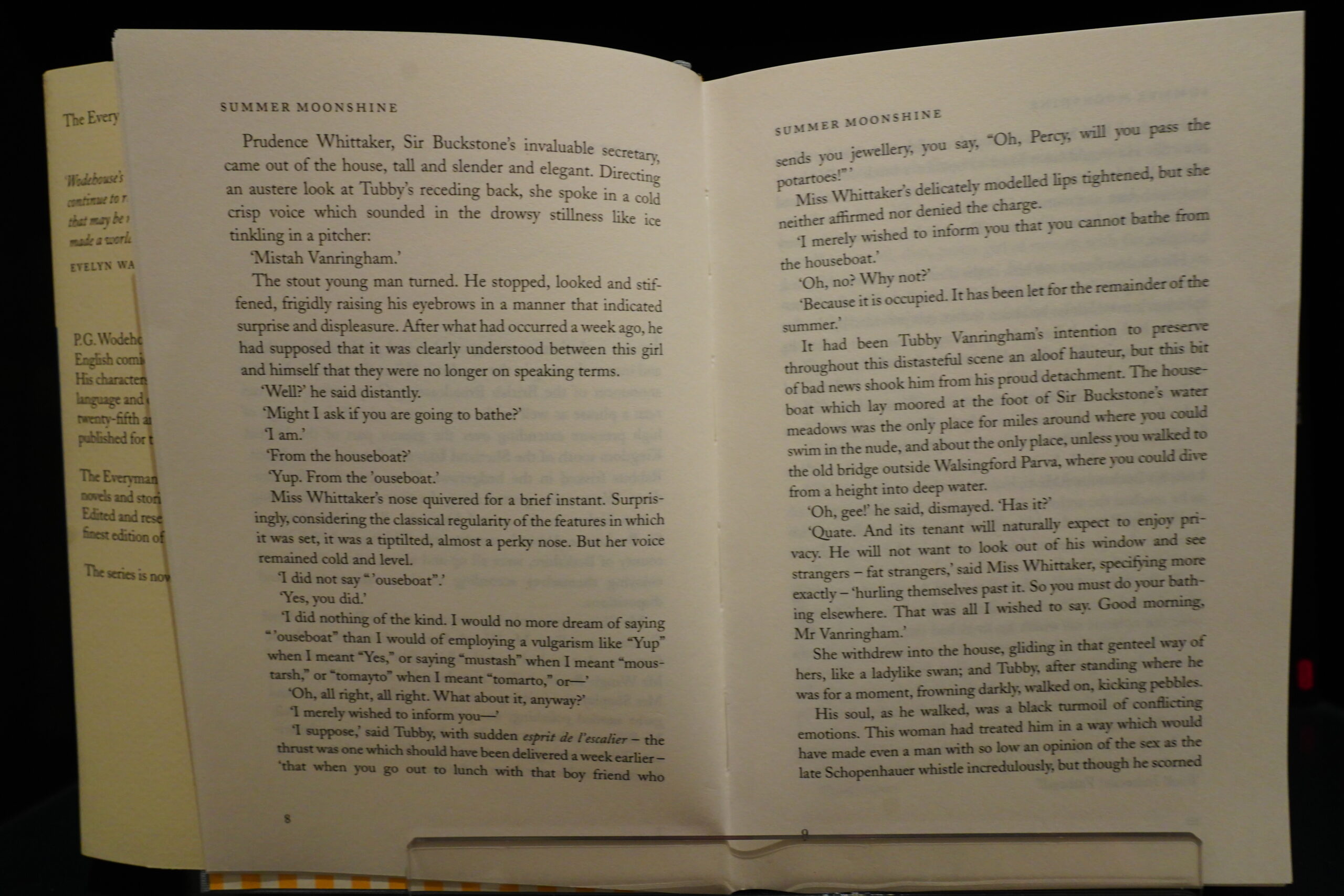Ten years ago, there was a general enthusiasm about the brave new world of streaming, and some people were saying that from now on, everything would always be available for everybody. I was sceptical because money is still a thing that exists, and licensing is a complicated revenue stream. On the other hand, pirating is a thing that also exists, so perhaps it’s true?
So to find out, I thought it might be fun to pick an actor and see whether it was indeed possible to watch everything that actor had ever played in. I picked Tilda Swinton sorta at random — I’d only seen her in a handful of films (Last of England, Orlando), but looking at her career, she seemed to have kinda good taste, and she did both blockbusters and small art films, so it’d be varied, at least. And she’s not obscure — she’s somebody that’s popular, which should help in finding the movies she’s in.
Reader, I failed. That is, as I suspected, the future envisioned never happened, but I guess I hit what might have been the point of peak availability: This was before streaming services decided that indeed, nobody (as in “not enough people”) wants to watch obscure movies, so they were gone, but not only that: These days things show up on streaming, and then they’re totally gone. Because that’s somehow cheaper (don’t have to pay royalties, tax write offs, etc). And finally, pirating has declined, too — in 2015, you could find pretty obscure things on torrent. These days, not so much.
Anyway, what’s this post, then? Every other year, I go through Swinton’s list of movies and check whether any of the old things I couldn’t find before has popped up somewhere (Youtube, Amazon, Torrents, streaming, DVD, whatever), and while I’m at it, I also watch her new movies, because why not? I was right in my initial assessment: She has really good taste in movies. Even if they’re not always actually what you’d call “good”, they’re at least interesting.
So here I go: I mixed myself up a batch of batida de mango, because it’s 32C here now, and I’ve got all the windows open, and a Dyson “air mover” pointing at myself, and now I’m going to spend all of today watching various Tilda Swinton things! Wish me luck!
I found this on Rarefilmm, which is a site I haven’t encountered before.
Well, that this hasn’t gotten distribution before isn’t very surprising: First of all, it’s a 1 hour movie, and short films always get lost (until they show up as an extra on a bluray, or somebody does a box set for the director). And one hour movies are even worse — too long to be shown on a short film programme, and too short to get a release on its own.
And of course, this is *shiver* “experimental”, so that’s just impossible.
This kinda reminds me of Derek Jarman — but edited on video instead of on film. But then transferred to 16mm? And then shown on TV? Or filmed on 16mm and then edited on video? I mean, it’s got a very video look, but it’s also very sharp… Hm! The look rather reminds me of Prospero’s Books, which was filmed on 35mm film, but then edited together on hi-def video using Quantel Paintbox. And that was from 1991, so perhaps a similar process… But cheaper, obvs.
And then the movie ends with a song by ©, aka Leslie Winer!
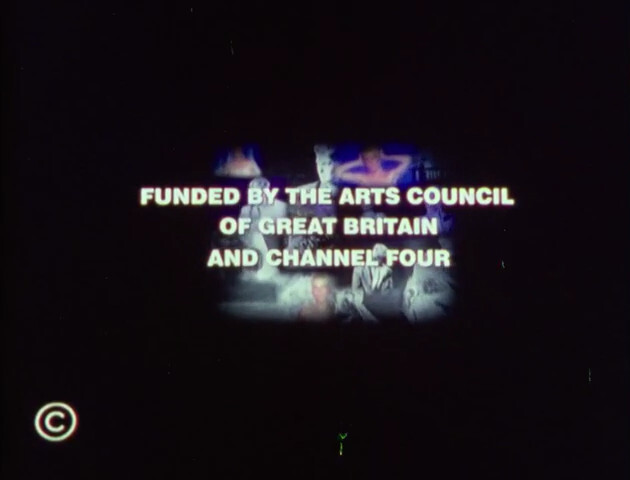
Ah, Channel Four. Gotta love channel four.
I really enjoyed this. And the transfer is excellent — must come from a first generation source, which is unusual for something like this.
Remembrance of Things Fast: True Stories Visual Lies. John Maybury. 1994.
This post is part of The Tilda Swinton Project.
